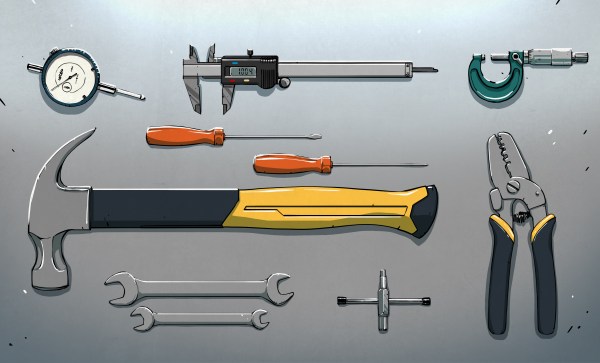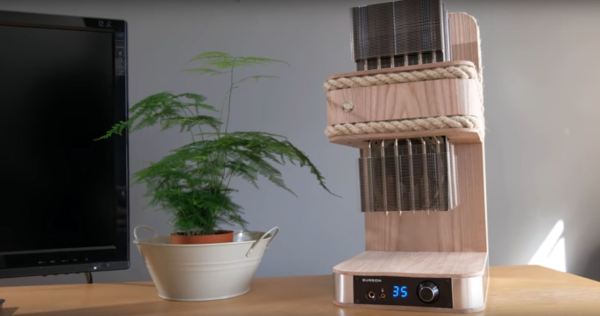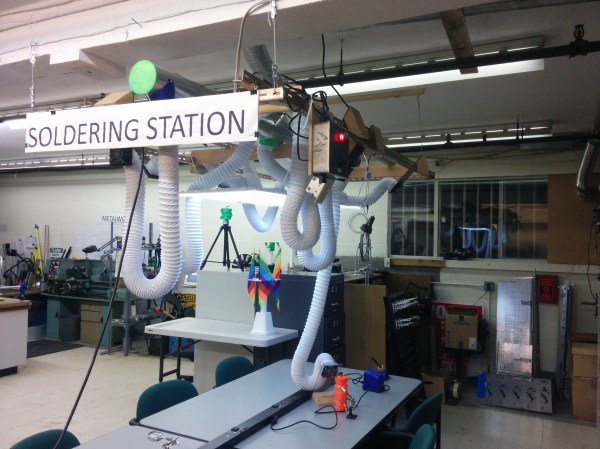The triangular frame of a traditional mountain bike needs to be the most rigid structure, and a triangle can be a very sturdy shape. So [Colin Furze] throws a spanner in the works, or, in this case, a bunch of springs. The video is below the break, but please try to imagine you are at a party, eyeballing some delicious salsa, yet instead of a tortilla chip, someone hands you a slab of gelatin dessert. The bike is kind of like that.
Anyone who has purchased springs knows there are a lot of options and terminology, such as Newton meters of force, extension, compression, and buckling. There is a learning curve to springs so a simple statement, for example “I want to make a bicycle of springs,” doesn’t have any easy answers. It is a lot like saying, “I want to make a microprocessor out of transistors“. This project starts with springs roughly the diameter of the old bike tubes, and it is a colossal failure. Try using cooked spaghetti noodles to make a bridge.
The first set of custom springs are not up to the task, but the third round produces something rideable. The result seems to be a ridiculous way to exercise your abs and is approximately a training unicycle mated with a boat anchor.
What makes this a hack? The video is as entertaining as anything [Colin] has made, but that does not make it a hack by itself. The hack is that someone asked a ridiculous question, possibly within reach of alcohol, and the answer came by building the stupid thing. A spring-bicycle could have been simulated six ways from Sunday on an old Android phone, but the adventure extracted was worth the cost of doing it in real life.
Continue reading “More Suspension Than Necessary” →

















